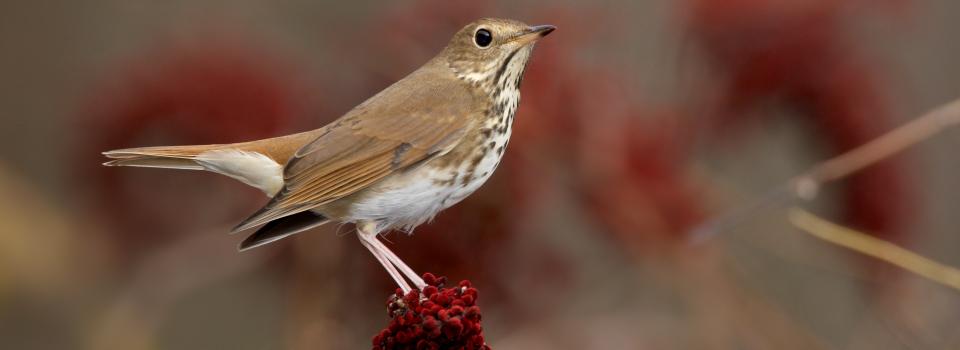
Hermit Thrush
Photo by: Robert Royse
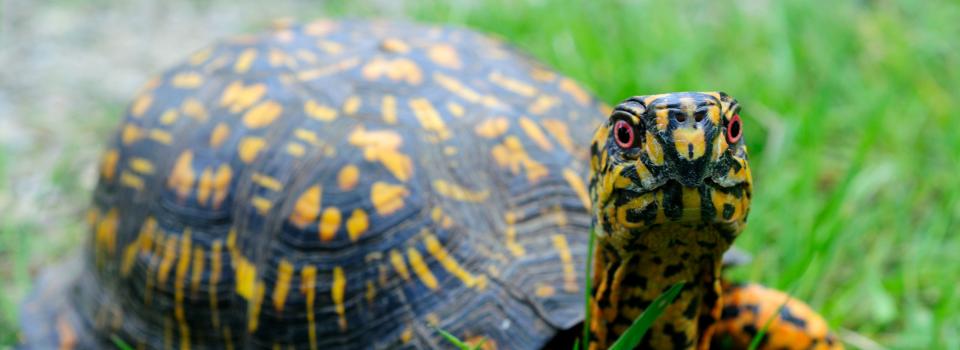
Box Turtle
Photo by: Jonathan Mays
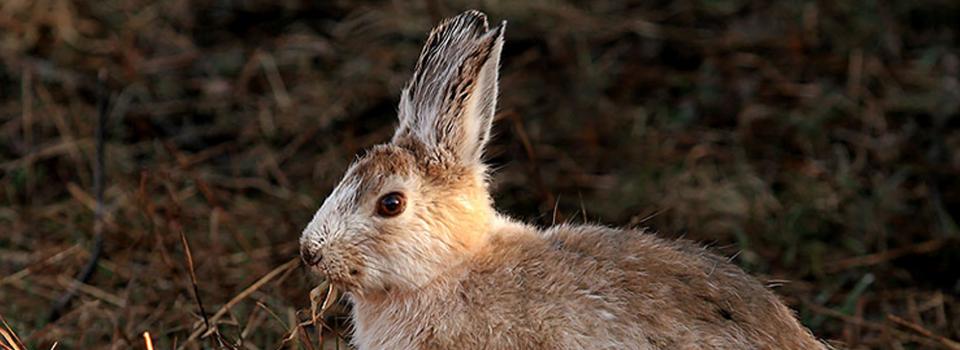
Snowshoe Hare
Photo by: Mike Hodgson

Timber Rattlesnake
Photo by: Kelly Wiley
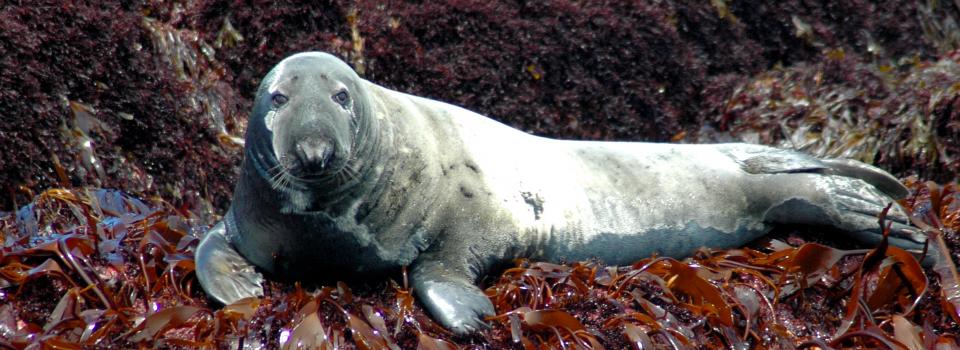
Gray Seal
Photo by: Jonathan Mays








Evidence is growing that climate change is impacting species and ecosystems in the Northeast Region, posing significant challenges to the future conservation of our fish, wildlife and habitats. Conservationists must now consider how to protect natural resources, improve conservation tools and modify management strategies within a changing climate. The most urgent question, and the one that needs answering before the others can be fully addressed, is: which species and habitats are likely to be vulnerable to, or benefit from, the changing climate?
Over the last five years significant progress has been made in assessing the vulnerabilities of organisms and habitats to the changing climate. While the Northeast has pioneered and led much of this vulnerability assessment work3, our knowledge is still confined to a few individual states. However, for the most effective conservation of many resources we need to be able to take a regional view. Specifically, we need to be able to evaluate the vulnerabilities of valued resources, and understand how these vulnerabilities may vary across the region.
In a project extending from Maine to the Virginias, the Northeastern Association of Fish and Wildlife Agencies (NEAFWA), the North Atlantic Landscape Conservation Cooperative (NALCC), Manomet Center for Conservation Sciences (Manomet), and the National Wildlife Federation (NWF) are collaborating with other major northeastern stakeholders to protect fish and wildlife and their habitats from climate change. Specifically, NEAFWA, NALCC, Manomet, and NWF have completed a three-year effort to evaluate the vulnerabilities of the northeast’s key habitats, and to help increase the capabilities of state fish and wildlife agencies to respond to these challenges. This regional effort is the first of its kind in the country, and is an essential step toward the implementation of effective “climate-smart” conservation of ecosystems.
The overarching goal of the NEAFWA/NALCC Regional Habitat Vulnerability Assessment Project (the NEAFWA project) is to provide vulnerability information that will help the northeastern states plan their conservation of fish and wildlife under a changing climate. Tthe NEAFWA project is intended to address important gaps in our knowledge by building and applying an approach to evaluating the vulnerabilities of fish and wildlife habitats within and across all 13 states in the Northeast Region1 and the District of Columbia.
To date, the NEAFWA project has completed 7 reports:
The vulnerabilities of fish and wildlife habitats in the northeast to climate change;
The vulnerabilities of northeastern fish and wildlife habitats to sea level rise;
Climate change and cold water fish habitat in the northeast, a vulnerability assessment;
Implementing climate-smart conservation in northeastern upland forests;
The habitat vulnerability model;
More information about the project and the full reports are available here.
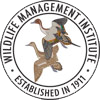
© 2020 A Wildlife Management Institute Project